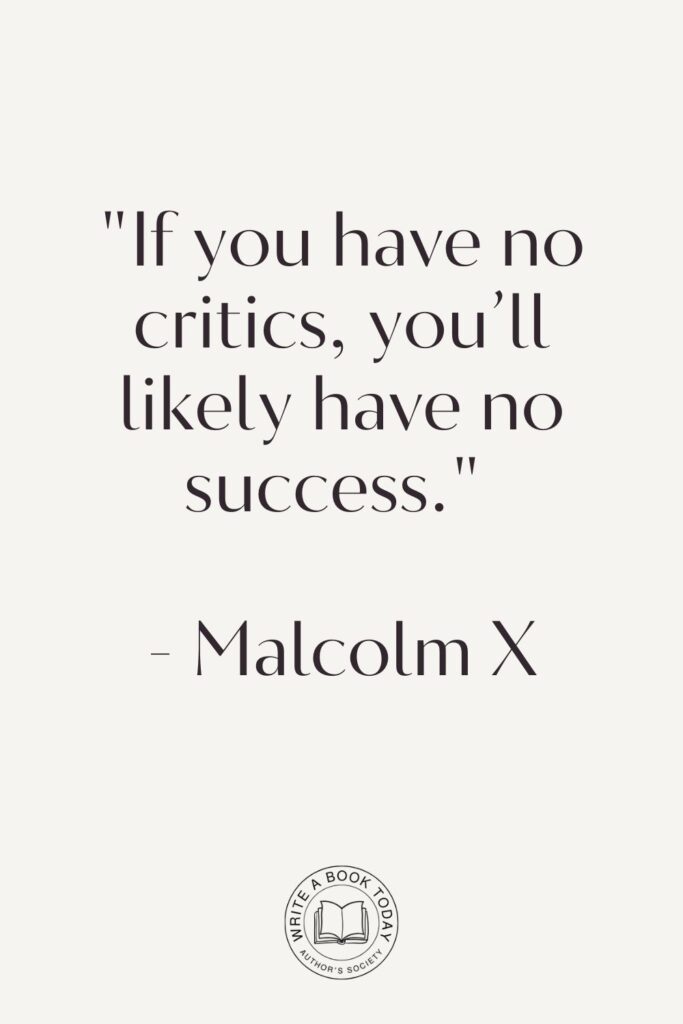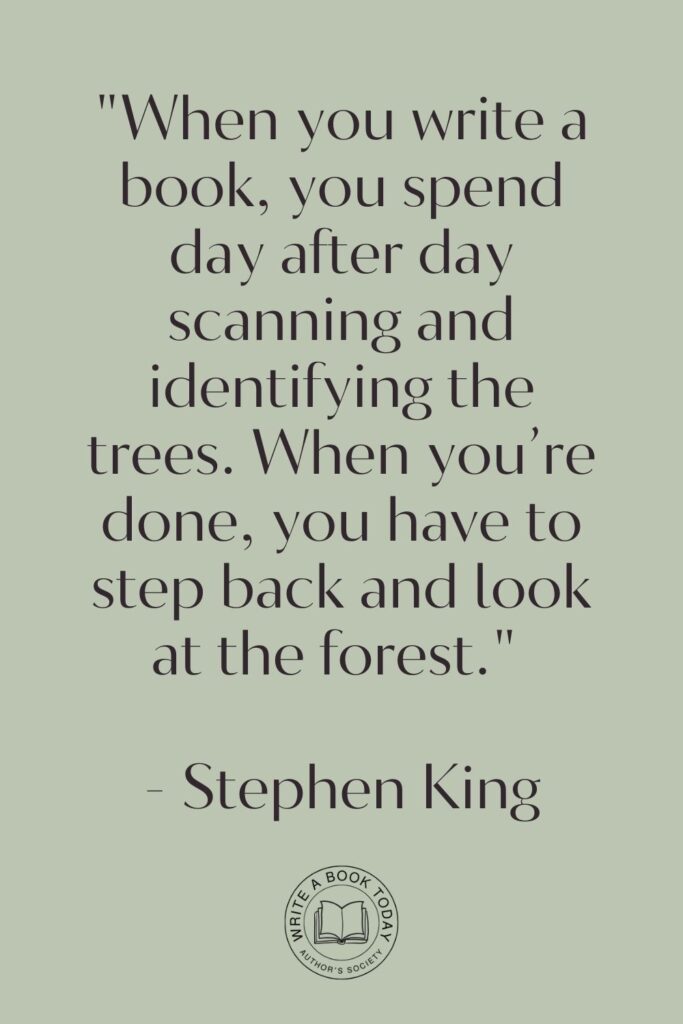Embarking on a book writing journey is akin to setting sail on uncharted waters. The horizon is vast, the possibilities endless, and the adventure exhilarating.
But how does one begin this voyage?
For many aspiring authors, the dream of writing a book is a cherished goal, yet the path to achieving it can feel daunting. Imagine having a roadmap that not only guides you through each step but also infuses your journey with motivation and inspiration.
This guide aims to be that beacon, illuminating the way for those eager to bring their stories to life.
Understanding Your Book Writing Journey
Before you put pen to paper or fingers to keyboard, it’s essential to grasp the essence of your book writing journey. This initial phase sets the foundation for everything that follows.
Defining Your Purpose and Passion
Every great endeavor begins with a purpose. Ask yourself, “Why do I want to write this book?” Whether it’s to share knowledge, tell a story close to your heart, or inspire others, your purpose will be the driving force behind your writing.
Passion is equally vital. It fuels creativity and keeps you committed during challenging times. Reflect on what ignites your enthusiasm and let that passion guide your narrative.
Create a vision board for your book. Include images, quotes, and ideas that resonate with your purpose and passion.
This visual representation can serve as a constant source of inspiration throughout your writing process.
Setting Achievable Goals
Once you’ve defined your purpose, it’s time to set goals. Break down the daunting task of writing a book into manageable milestones. Consider setting a daily word count target or a timeline for completing chapters.
Achievable goals not only keep you motivated but also provide a sense of accomplishment as you progress. Remember, consistency is key; even small, daily efforts accumulate over time.
No marketing platform? No social following? No problem!
Publisher Rocket helps you market your debut novel like a pro.
It’s a gamechanger for debut authors – try it today!


Finding Your Unique Angle
In a world teeming with stories, finding your unique angle is crucial.
What makes your story different?
Is it your perspective, the setting, or the characters?
Identify what sets your book apart and lean into it. Your unique angle will capture readers’ attention and make your book memorable.
Conduct a competitive analysis of books in your genre. Identify what works well and consider how your book can offer a fresh perspective or fill a gap in the market.

Creating Your Writing Space
The environment in which you write can significantly impact your productivity and creativity. Creating a conducive writing space is essential for nurturing your ideas.
The Importance of Environment
Your writing space should be a sanctuary for creativity. Whether it’s a cozy nook in your home, a bustling café, or a serene park, choose a location that inspires you.
Ensure it’s comfortable, well-lit, and equipped with everything you need to write. Personalize it with items that spark joy and creativity, like plants, art, or your favorite books.
Feeling lost with your debut novel?
Fiverr Pro connects you with expert editors, designers, and marketers – everything you need to get your book ready for success!

Minimizing Distractions for Better Focus
Distractions are the nemesis of productivity. Identify what commonly disrupts your focus and take steps to minimize these interruptions.
This might involve setting boundaries with family members, turning off notifications, or using apps that block distracting websites. A focused mind is a fertile ground for creativity.
- Set specific writing hours and communicate them to others.
- Use noise-canceling headphones or play instrumental music to maintain focus.
- Keep your writing space organized and clutter-free.
Establishing a Writing Routine
A writing routine is the backbone of a successful book writing journey. It transforms writing from a sporadic activity into a regular habit.
Building a Daily Writing Habit
Consistency breeds success. Aim to write every day, even if it’s just for a short period. Establishing a daily writing habit trains your brain to expect creativity at certain times, making it easier to slip into the writing zone.
Start small, perhaps with 15 minutes a day, and gradually increase as you become more comfortable.

Setting Specific Writing Times
Determine when you’re most productive and schedule your writing sessions accordingly.
Are you an early bird who thrives in the morning, or do you find your muse in the quiet of night?
Align your writing times with your natural rhythms to maximize productivity.
Track your writing sessions in a journal. Note what times and environments yield the best results, and adjust your routine to optimize productivity.
Choosing the Right Writing Tools
The tools you use can streamline your writing process and enhance your productivity. Choose those that align with your style and needs.
Google Docs is for notes. Scrivener is for novels. Upgrade your writing game and try it for free today!

Software for Efficient Writing
In today’s digital age, numerous software options cater to writers. Programs like Scrivener, Microsoft Word, or Google Docs offer features that help organize thoughts, track progress, and collaborate with editors.
Explore different tools to find one that complements your workflow.
| Software | Features |
| Scrivener | Comprehensive organization, corkboard view, manuscript formatting |
| Google Docs | Real-time collaboration, cloud storage, accessible on all devices |
Using Pen and Paper
While digital tools are invaluable, there’s a timeless charm in writing by hand. Many authors find that jotting down ideas with pen and paper sparks creativity and offers a break from screen time. Experiment with both methods to see what works best for you.

Crafting Your Book Outline
An outline serves as the roadmap for your book, providing direction and structure to your writing.
Structuring Your Ideas
Begin by brainstorming your book’s main themes and ideas. Organize these into a logical sequence that forms the backbone of your outline. Consider using mind maps or index cards to visualize the flow of your narrative.
Developing a Chapter Breakdown
Once you have a general structure, delve deeper by creating a chapter breakdown. Outline what each chapter will cover and how it contributes to the overall story. This detailed plan will guide your writing and help maintain coherence throughout your book.
Revisit and revise your outline regularly. As your story evolves, your outline should adapt to reflect new insights and directions.
Writing the First Draft
The first draft is where your ideas take tangible form. It’s a process of discovery and creation.
Overcoming Writer’s Block
Writer’s block is a common hurdle in the book writing journey. To overcome it, shift your mindset from perfectionism to exploration. Allow yourself to write freely without judgment. If you feel stuck, take a break, change your environment, or engage in activities that stimulate creativity.
Embracing Imperfection in Drafting
Remember, the first draft is not about perfection; it’s about getting your ideas down. Embrace the messiness of the process. You can refine and polish your work during subsequent revisions. For now, focus on capturing the essence of your story.

The Art of Self-Editing
Editing is where your manuscript transforms from a rough draft into a polished piece of work.
Revising Your Work
Approach editing with a critical eye. Review your manuscript for clarity, coherence, and consistency. Look for areas where the narrative drags or where details are sparse. Revise sentences for flow and eliminate unnecessary words that clutter your prose.
Seeking Professional Help
While self-editing is crucial, professional editors bring a fresh perspective to your work. They can identify blind spots and suggest improvements you might overlook. Consider hiring an editor to ensure your manuscript is of the highest quality.
Preparing for Publication
With a polished manuscript in hand, it’s time to navigate the world of publishing.
Choosing Between Traditional and Self-Publishing
Decide whether to pursue traditional publishing or self-publishing. Traditional publishing offers the support of established publishers but can be competitive.
Self-publishing grants creative control and faster publication but requires you to manage all aspects of the process. Weigh the pros and cons to determine the best path for your book.
Understanding the Publishing Process
Familiarize yourself with the steps involved in publishing, from querying agents to marketing your book. Each path has its unique processes and requirements. Understanding these will prepare you for the journey ahead.

Marketing Your Book Effectively
Marketing is vital for reaching your audience and achieving your book’s success.
Creating a Launch Strategy
Plan a comprehensive launch strategy to generate buzz around your book. Consider utilizing social media, book signings, blog tours, and collaborations with other authors. A well-executed launch can significantly boost your book’s visibility.
Building Your Author Platform
Your author platform is your presence as a writer. Build a website, engage on social media, and connect with your audience through newsletters or blogs. A strong platform enhances your credibility and helps foster a loyal readership.

Inspiring Quotes to Fuel Your Journey
Quotes from successful authors can offer motivation and guidance on your book writing journey.
Wisdom from Successful Authors
“Start writing, no matter what. The water does not flow until the faucet is turned on.” – Louis L’Amour
“Writing is its own reward.” – Henry Miller
Motivational Insights for Aspiring Writers
“Write what disturbs you, what you fear, what you have not been willing to speak about. Be willing to be split open.” – Natalie Goldberg
“The pages are still blank, but there is a miraculous feeling of the words being there, written in invisible ink and clamoring to become visible.” – Vladimir Nabokov
As you embark on your book writing journey, remember that every step you take brings you closer to realizing your dream. Embrace the process, learn from each experience, and let your passion guide you. With dedication and perseverance, your story will find its way into the hearts of readers.








